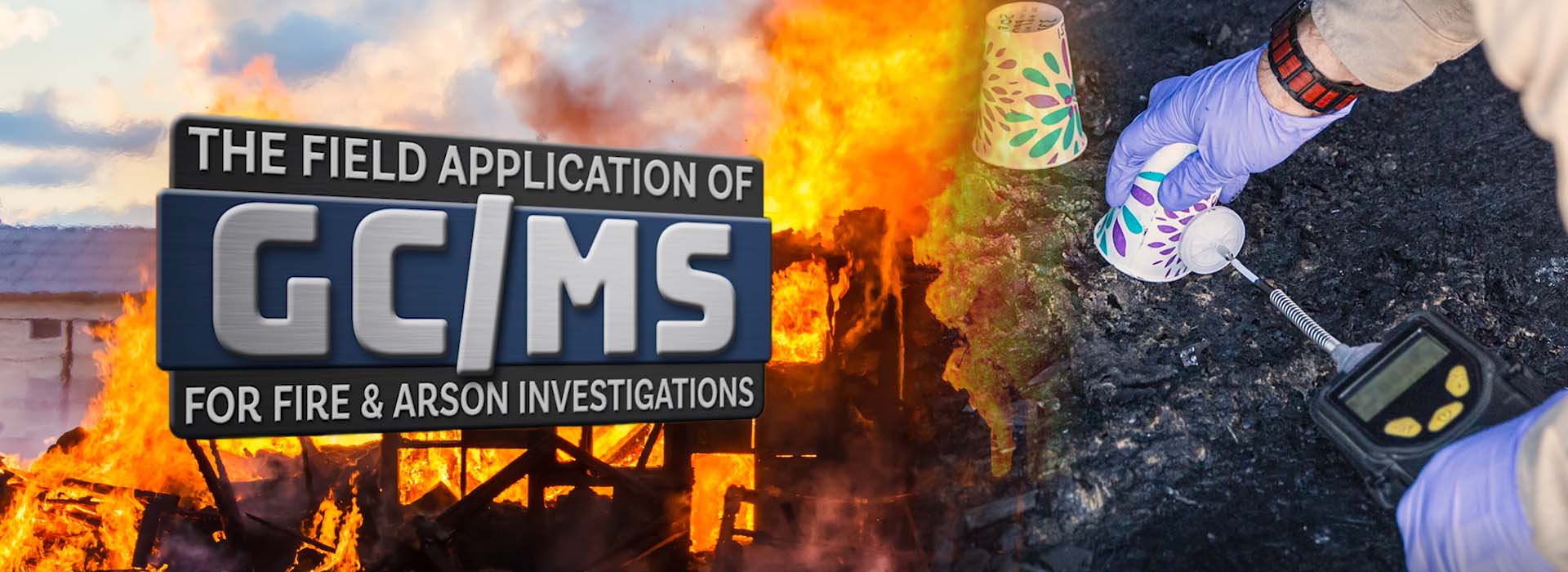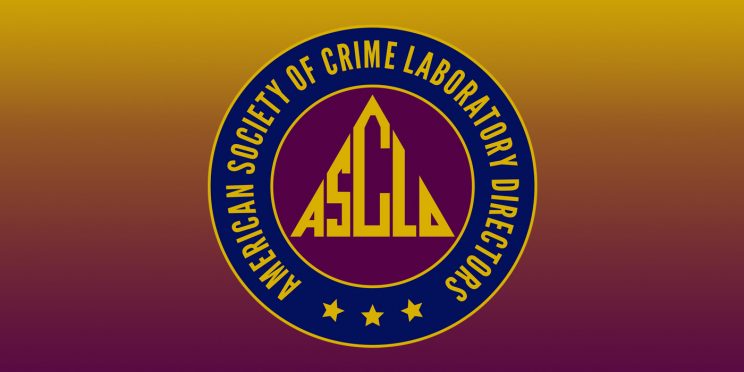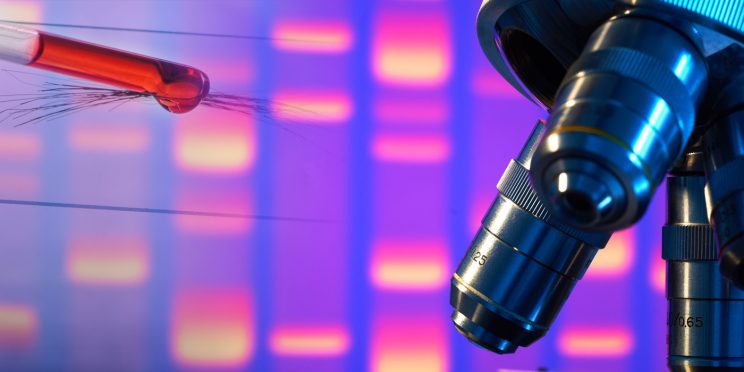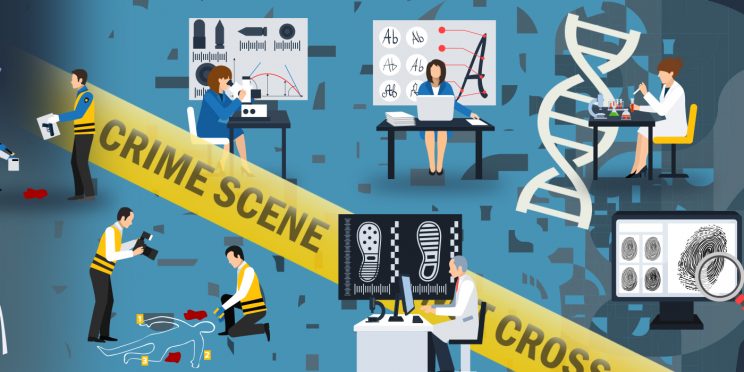Overview
The purpose of this project was to design engaging video vignettes to disseminate results from a complex research project. The project team developed a guidance document that specifically describes the process used to capture the key findings and industry take-aways from a research project that tested the application of field-portable technologies to fire/arson investigation.
Because the outcomes of the underlying research project impact public safety field practitioners that do not regularly consume scientific literature, the video series was developed as a prototype of an alternative method of dissemination to reach the intended audience. The final result is four short videos that together give an overview of the project and insights on key findings from the varied perspectives of members of the project team.
Acknowledgment: Special thanks to Daniel DeMille at Utah Valley University for recording and editing this video series.
Video 1: Project Overview
Video 2: Laboratory Perspective
Video 3: Forensic Scientist Perspective
Video 4: Fire Investigator Perspective
“Telling the story of how research is implemented is essential for success. Engaging videos featuring the authors has proven to be an effective way to reach target audiences.”
- Heather Hollingsworth Issvoran | Director, Strategic Communications, Center for Homeland Defense and Security
Presenter Biographies
David Matthew is a 35-year veteran of the fire service in Kansas, California, and Mississippi. He is active as an educator in developing training programs while serving as a subject matter expert in public safety related issues.
Doug Byron is the Laboratory Director of Forensic and Scientific Testing, Inc. He has been performing analyses of ignitable liquids since 1995.
Dr. Ross Harper has over 20 years of experience in chemical detection and forensic analysis. He spent 15 years in the private sector specializing in the development of portable laboratory equipment for field analysis of Chemical, Biological, Radiological, Nuclear, and Explosive (CBRNE) threats.
Dr. John DeHaan dedicated over 50 years of experience to fire- and explosion-related forensic science. He spent 29 years with public forensic laboratories and authored six editions of Kirk’s Fire Investigation starting in 1982. John David DeHaan, PhD, FABC, CFI, FSSDip, FIFireE, August 13, 1948–May 7, 2022
Rick Jones has over 20 years of experience in the field of fire investigations. He is the chief fire investigator for Forensic Investigations Group, LLC and is a past director for the International Association of Arson Investigators (IAAI).
Videos
Video 1: Project Overview
Video Description
This video contains an overview of the project and outcomes. It includes a full list of project contributors.
Presenter
David Matthew
Video 2: Fire Debris Laboratory Perspective
Video Description
This video presents results related to the instrumentation, data quality, and sampling and data analysis methods evaluated in the project.
Presenters
Doug Byron
Dr. Ross Harper
Video 3: Forensic Scientist Perspective
Video Description
This video reviews requirements for interpretation of GC/MS data for ignitable liquid residue and highlights optimal ways for interpreting data in the field.
Presenter
Dr. John DeHaan
Video 4: Fire Investigator Perspective
Video Description
This final video contains a first-hand account of the usability of portable GC/MS during actual fire scene investigations and considerations for successful implementation.
Presenter
Rick Jones
Resources
FTCoE Resources
External Documents
Funding for this Forensic Technology Center of Excellence video series has been provided by the National Institute of Justice, Office of Justice Programs, U.S. Department of Justice.
The opinions, findings, and conclusions or recommendations expressed in this video series are those of the presenter(s) and do not necessarily reflect those of the U.S. Department of Justice.
Contact us at ForensicCOE@rti.org with any questions and subscribe to our newsletter for notifications.




